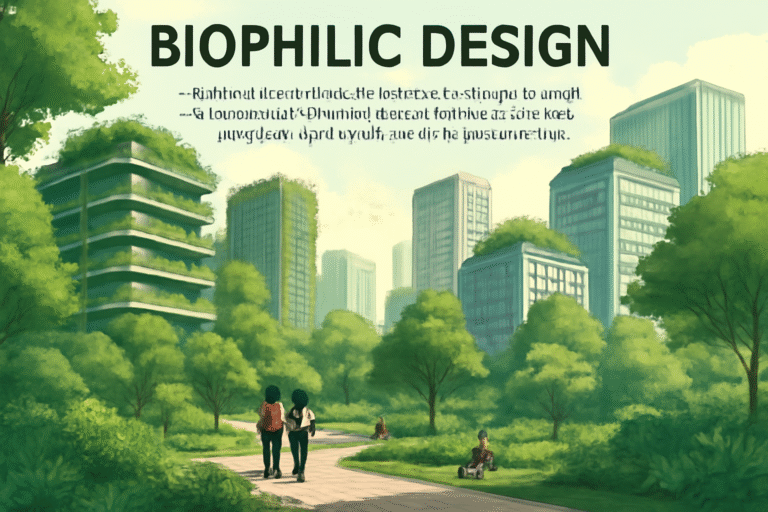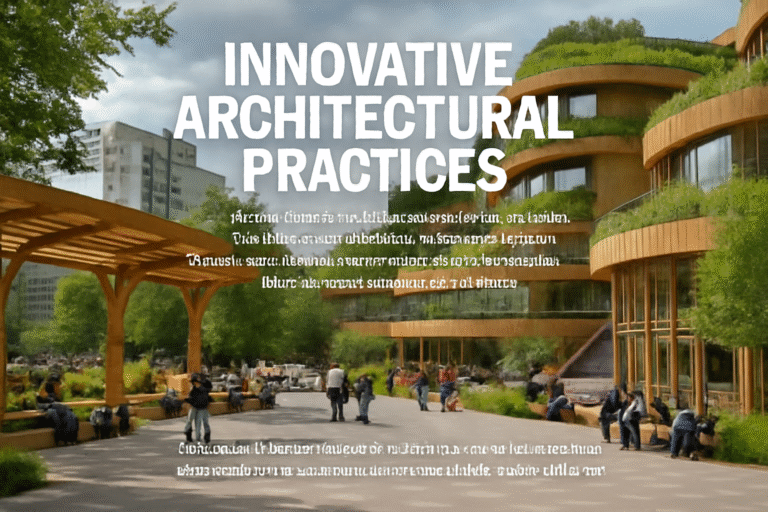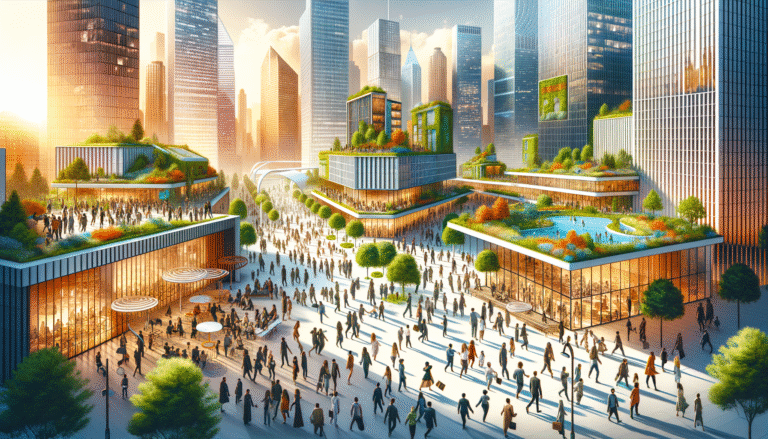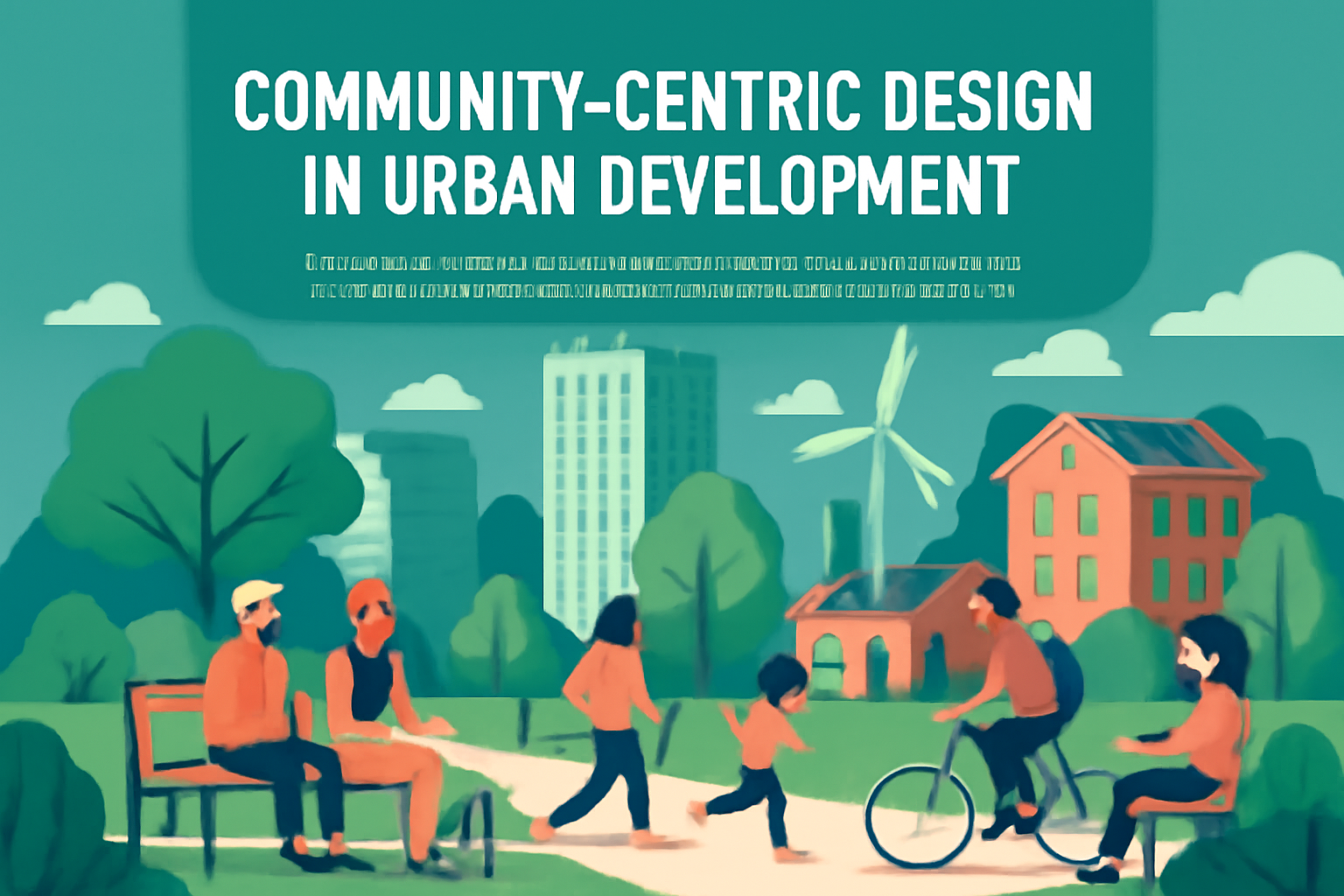Location
Mount Vernon, WA 98274
Location
Mount Vernon, WA 98274

As urban areas expand, architects and urban planners are increasingly turning to biophilic design to create healthier, more sustainable living environments. This approach emphasizes the connection between people and nature, transforming concrete jungles into vibrant ecosystems.

As cities around the globe face unprecedented challenges, innovative architectural practices are emerging that prioritize community engagement and sustainable development. This article explores how urban planners and architects are reimagining public spaces to foster connection and ecological balance.

As cities evolve, the role of architecture in fostering community engagement has become increasingly vital. This article explores innovative approaches to urban design that prioritize inclusivity, sustainability, and the enrichment of public life.

In a world increasingly focused on sustainability and community well-being, community-centric design emerges as a key player in urban development. This approach prioritizes the needs and desires of local residents, fostering a sense of belonging while enhancing the functionality of urban spaces.
In a groundbreaking move towards sustainability, architects have unveiled plans for a floating city designed to combat rising sea levels and promote eco-friendly living. This innovative approach not only addresses climate change but also redefines urban living with its integration of green technology and communal spaces.
As urban areas continue to expand, architects are increasingly turning to biophilic design principles to create harmonious living spaces. This approach not only integrates nature into architectural designs but also enhances the well-being of residents, fostering a connection to the environment.
As cities evolve, adaptive reuse has emerged as a compelling solution to urban challenges, transforming outdated buildings into vibrant spaces. This approach not only preserves historical value but also addresses sustainability and housing crises in innovative ways.
As climate change continues to impact urban landscapes, architects are embracing adaptive architecture to create resilient buildings. This innovative approach prioritizes sustainability, flexibility, and community engagement, transforming how cities respond to environmental challenges.
Architects are increasingly turning to nature as a source of inspiration, employing biomimicry to create sustainable and innovative buildings. This approach not only enhances aesthetic appeal but also promotes environmental harmony, redefining the future of architectural design.
Adaptive reuse is gaining momentum as a sustainable approach to urban development, breathing new life into historic structures while meeting contemporary needs. This article explores how cities are embracing this trend to enhance their architectural heritage and foster community engagement.